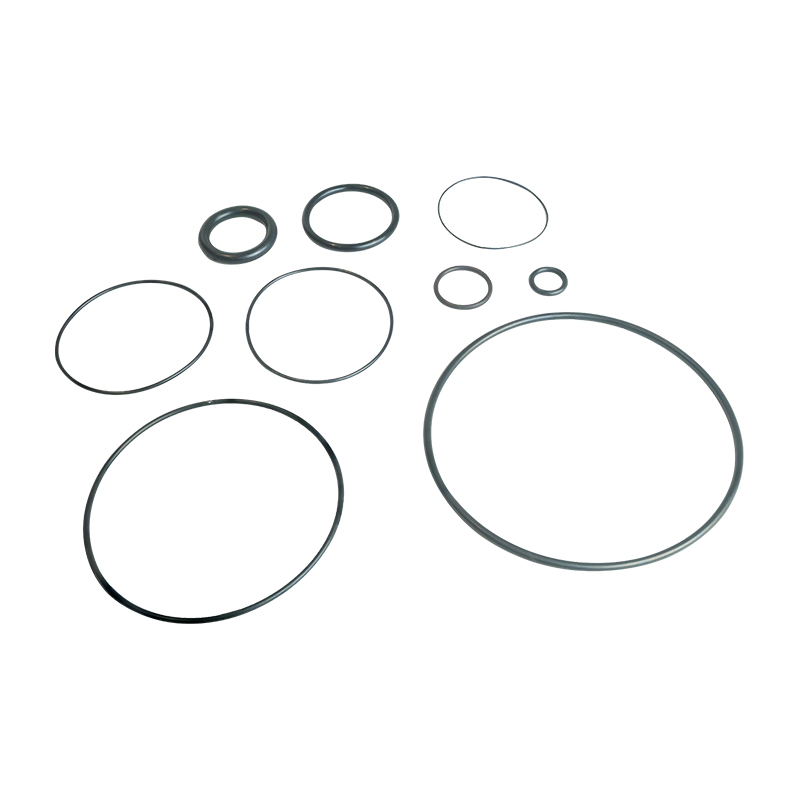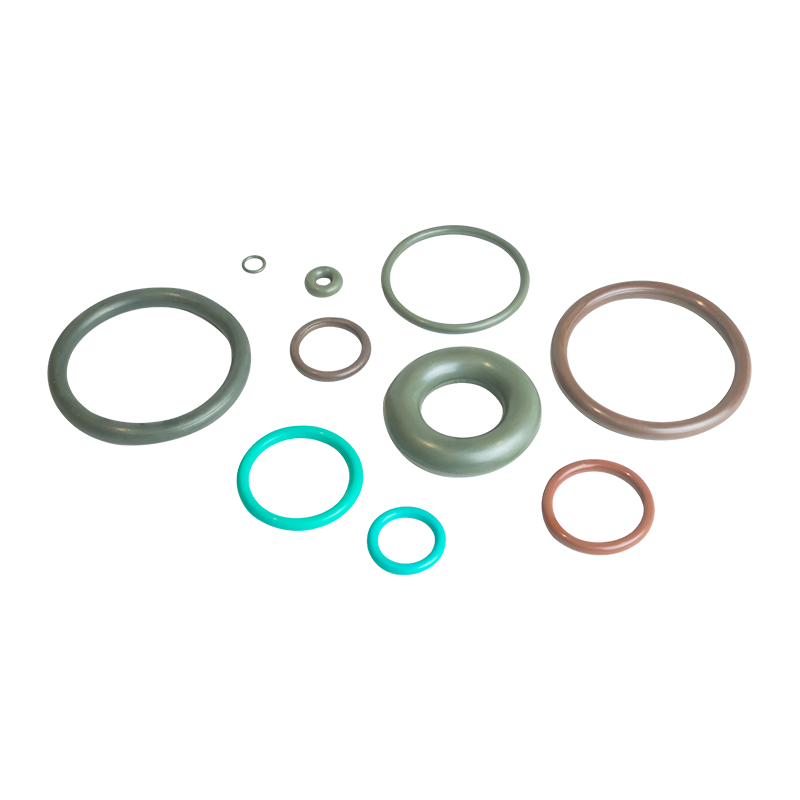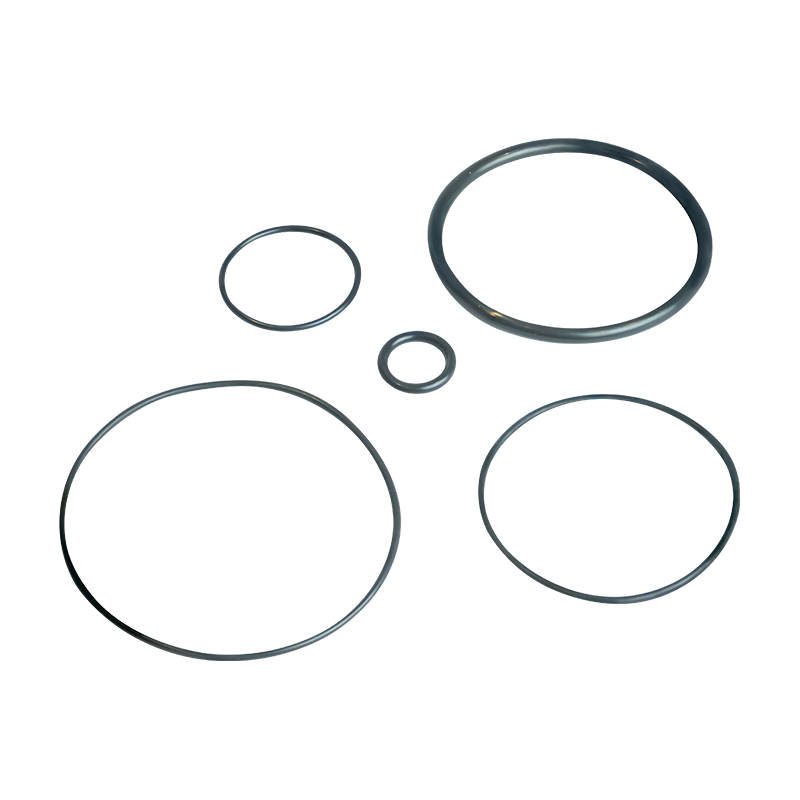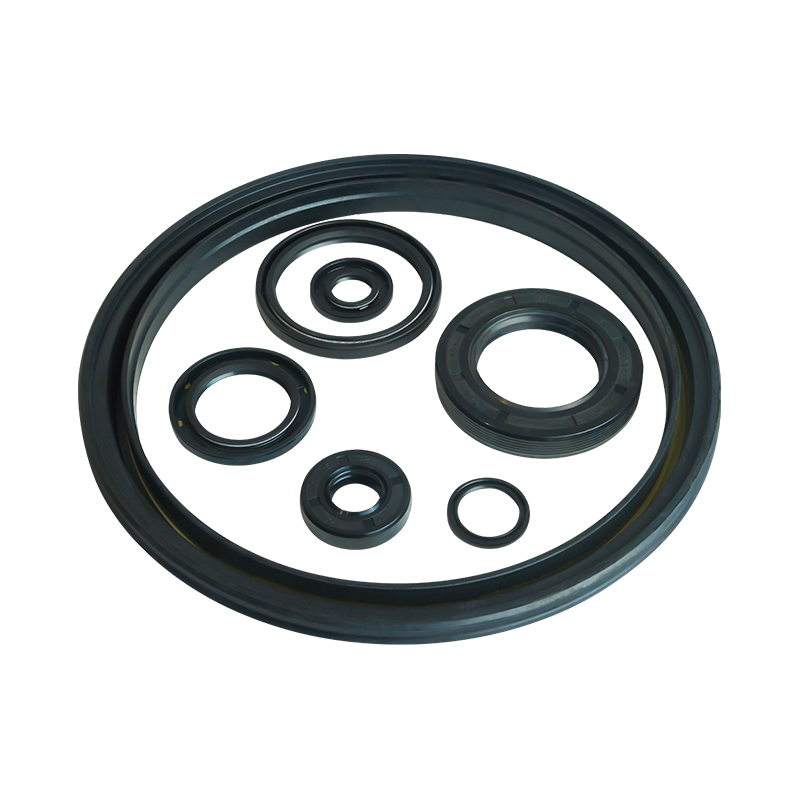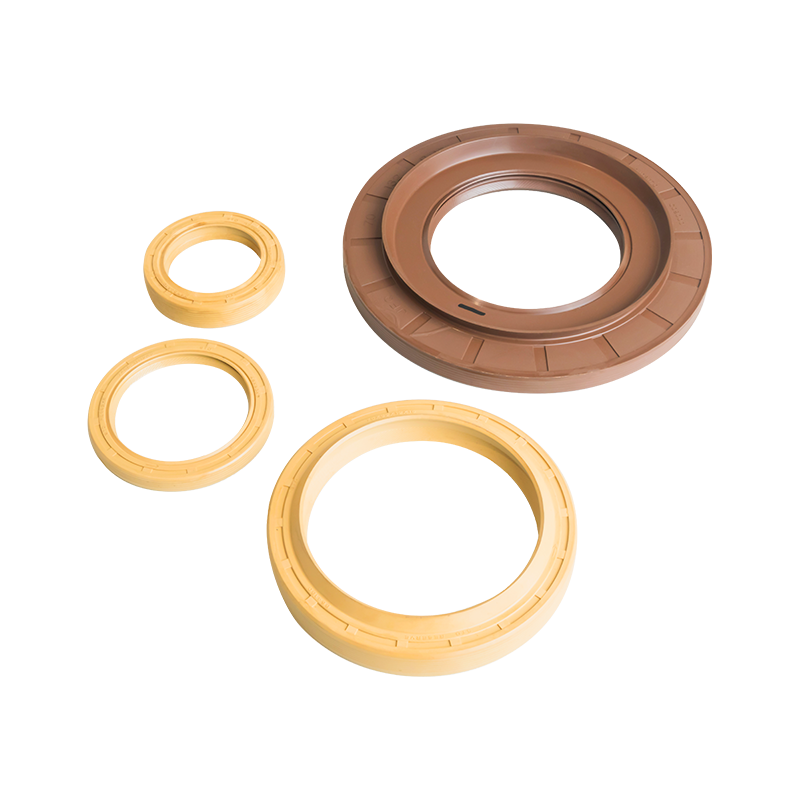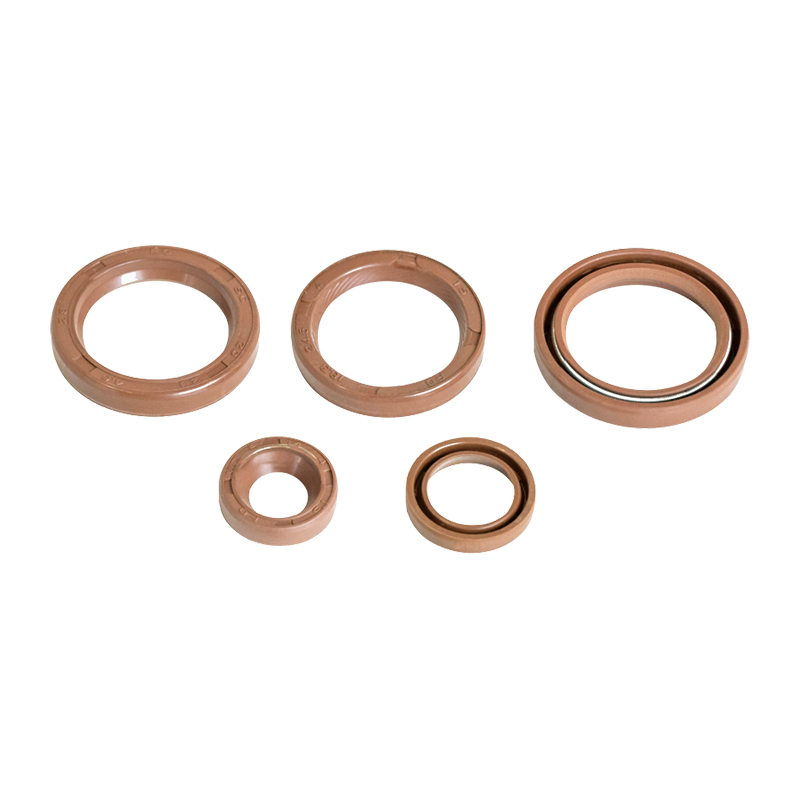How to optimize the rubber formula to improve the wear resistance of power tool rubber sealing ring?
In the power tool industry, rubber sealing rings are key components, and their wear resistance directly affects the overall performance and service life of the tool. As power tools develop toward high power and efficiency, higher requirements are placed on the wear resistance of rubber seals. Therefore, optimizing the rubber formula has become a key way to improve the wear resistance of power tool rubber sealing ring.
1. Understand basic material properties
In-depth understanding and selection of appropriate rubber base materials are the basis for formula optimization. For power tool rubber sealing rings that need to withstand high-frequency vibration and friction, commonly used materials include nitrile rubber (nbr), fluorine rubber (fkm), etc. These materials have their own advantages in terms of wear resistance, oil resistance, chemical media resistance and temperature resistance. Nbr is widely used in oil seals and other seals due to its good wear resistance and oil resistance; while fkm is known for its excellent high temperature resistance and chemical stability.
2. Add wear-resistant filler
Adding an appropriate amount of wear-resistant filler to rubber formula is an effective means to improve wear resistance. Common wear-resistant fillers include carbon black, graphite, molybdenum disulfide, etc. Carbon black can not only enhance the hardness and wear resistance of rubber, but also improve the tensile strength and tear strength of power tool rubber sealing ring; graphite and molybdenum disulfide have lower friction coefficients and can effectively reduce the heat generated by friction. And wear and tear. By precisely controlling the type, particle size and dosage of fillers, the wear resistance of the power tool rubber sealing ring can be significantly improved while ensuring the elasticity of the power tool rubber sealing ring.
3. Adjust the vulcanization system
Vulcanization is a key step in the rubber processing process. Through vulcanization, a stable cross-linked structure can be formed between rubber molecules, thereby improving the hardness, strength and wear resistance of the rubber. Optimizing the vulcanization system is an important way to improve the wear resistance of rubber sealing rings. Specifically, the rubber can reach the optimal vulcanization state by adjusting parameters such as the type and amount of vulcanizing agent and vulcanizing temperature and time. At the same time, the use of accelerators, activators and other additives can further improve the vulcanization effect and improve the wear resistance of rubber.
4. Introduction of plasticizers and softeners
Although plasticizers and softeners are usually used to improve the processing properties and flexibility of rubber, in some cases they can also indirectly improve the wear resistance of power tool rubber sealing ring. Adding an appropriate amount of plasticizer or softener can reduce the hardness and brittleness of rubber, making it easier to adapt to deformation caused by high-frequency vibration and friction. However, it should be noted that the dosage of plasticizers and softeners must be strictly controlled to avoid excessive use, which will lead to a decrease in rubber strength and wear resistance.
5. Adopt advanced mixing and dispersion technology
In rubber formulations, the uniformity of mixing and dispersion between components has a significant impact on the performance of the final product. The use of advanced mixing and dispersion technology can ensure that various fillers, plasticizers, vulcanizers and other additives are evenly distributed in the rubber matrix, thereby improving the wear resistance and other comprehensive properties of power tool rubber sealing ring. For example, the use of advanced equipment such as high-shear mixers or ultrasonic dispersion technology can improve mixing and dispersion effects.
Sray up to date with allour recent products
- Address: No. 6 Yangsha Road, Chengbei Industrial Park, Huilong Town, Qidong City, Jiangsu Province China
- Phone: +86-13906283641+86-18934546679
- Fax: +86-0513-83698022
- Email: [email protected]




 English
English русский
русский 中文简体
中文简体

